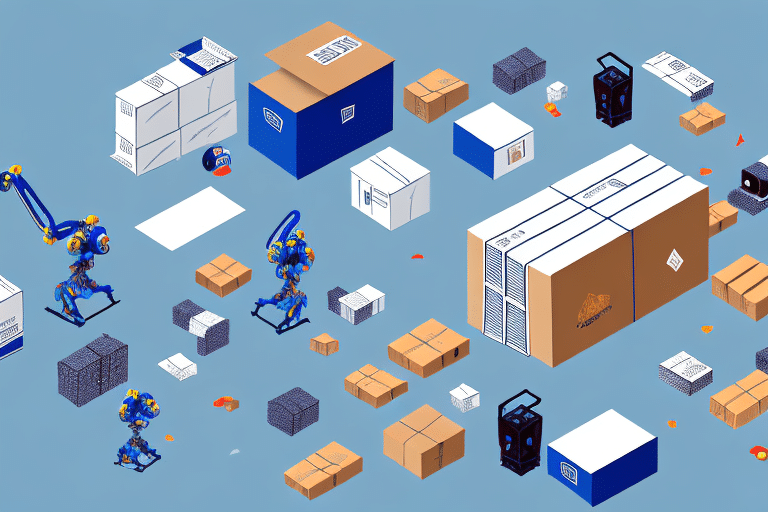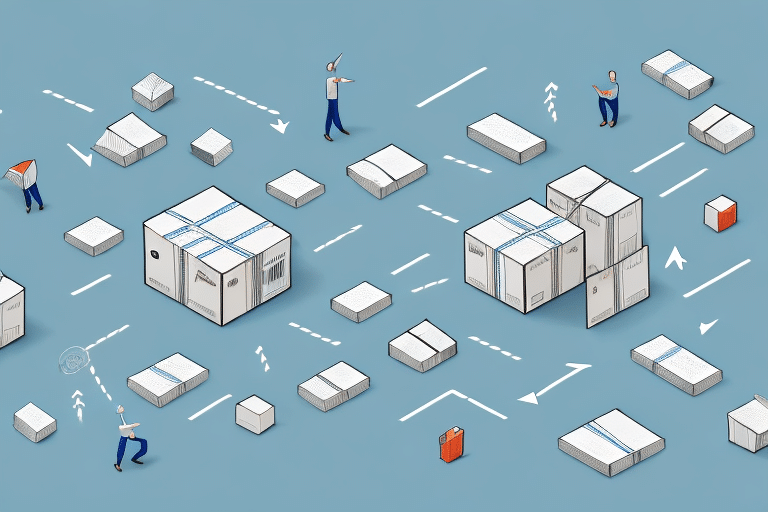What is Third-Party Logistics (3PL)?
Third-party logistics (3PL) refers to the outsourcing of logistics and supply chain management functions to an external service provider. These providers handle various tasks, including warehousing, transportation, inventory management, and order fulfillment on behalf of businesses.
Differences Between 1PL, 2PL, and 3PL
Understanding the distinctions between first-party logistics (1PL), second-party logistics (2PL), and third-party logistics (3PL) is crucial for businesses evaluating their logistics strategies:
- 1PL: The company manages all aspects of logistics operations internally, without relying on external partners.
- 2PL: The company outsources specific logistics functions, such as transportation or warehousing, to a service provider.
- 3PL: The company outsources comprehensive logistics operations, including multiple functions, to a specialized third-party provider.
Benefits of Using 3PL Services
Outsourcing logistics to a 3PL provider can offer numerous advantages for businesses:
Cost Savings
By leveraging a 3PL provider’s infrastructure and expertise, companies can significantly reduce logistics-related expenses. These savings arise from economies of scale, reduced overhead costs, and more efficient resource utilization.
Expertise and Technology
3PL providers specialize in logistics and supply chain management, offering advanced technology solutions such as transportation management systems (TMS) and warehouse management systems (WMS). These tools enhance supply chain visibility and operational efficiency.
Flexibility and Scalability
3PL services allow businesses to scale their logistics operations up or down based on demand fluctuations without the need for significant capital investments. This flexibility is particularly beneficial for handling seasonal spikes or entering new markets.
Types of 3PL Providers
Transportation-Based 3PL
These providers focus on managing the transportation aspect of the supply chain, including freight forwarding, carrier selection, and shipment tracking.
Warehouse/Distribution-Based 3PL
These providers handle the storage and distribution of goods, offering services such as inventory management, order fulfillment, and packaging.
Forwarder-Based 3PL
Acting as intermediaries between shippers and carriers, forwarder-based 3PL providers coordinate the movement of goods and ensure compliance with regulations.
Choosing the Right 3PL Provider
Key Factors to Consider
- Experience and Expertise: Assess the provider’s track record and industry knowledge.
- Technology Capabilities: Ensure they use advanced logistics software for better supply chain management.
- Service Offerings: Verify that their services align with your business needs.
- Geographic Reach: Choose a provider with a strong presence in the regions where you operate.
- Customer Service: Evaluate their responsiveness and support capabilities.
Evaluating Potential Providers
Before partnering with a 3PL provider, conduct thorough evaluations through:
- References and Case Studies: Request references to understand their performance with similar businesses.
- Site Visits: If possible, visit their facilities to assess their operations firsthand.
- Performance Metrics: Define and agree on key performance indicators (KPIs) to measure success.
Cost Comparison: 3PL vs In-House Logistics
When deciding between outsourcing to a 3PL provider and managing logistics internally, consider the following cost factors:
- Capital Investment: In-house logistics requires significant investment in infrastructure, technology, and personnel.
- Operational Costs: 3PL providers often achieve cost efficiencies through scale and expertise.
- Flexibility: 3PL allows for scalable expenses based on business needs, whereas in-house logistics may involve fixed costs.
According to a report by Inbound Logistics, businesses can save up to 20% on logistics costs by partnering with a qualified 3PL provider.
Common Misconceptions About 3PL
3PLs Are Only for Large Businesses
Contrary to popular belief, 3PL providers offer scalable solutions suitable for businesses of all sizes, including small and medium-sized enterprises (SMEs).
Outsourcing to a 3PL Reduces Control
While outsourcing logistics operations, businesses retain control over core functions and set clear expectations with the 3PL provider to maintain oversight.
Future Trends in the 3PL Industry
Technological Advancements
The integration of artificial intelligence (AI), machine learning, and the Internet of Things (IoT) is revolutionizing 3PL operations by enhancing automation and predictive analytics.
Increased Focus on Sustainability
3PL providers are adopting green logistics practices to minimize environmental impact, such as optimizing transportation routes and using eco-friendly packaging materials.
Growth of E-Commerce
The rapid expansion of e-commerce continues to drive demand for efficient and flexible logistics solutions, further boosting the 3PL industry.
Conclusion: Is Using a 3PL Provider Right for Your Business?
Partnering with a 3PL provider can offer substantial benefits, including cost savings, enhanced expertise, and operational flexibility. However, businesses must carefully evaluate potential providers to ensure alignment with their specific needs and goals. With the right 3PL partnership, companies can optimize their logistics operations and gain a competitive edge in today’s dynamic market environment.








